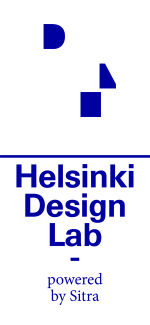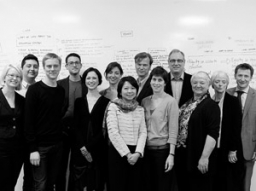Through conversations with students, teachers, administrators, and other stakeholders, the studio discovered a number of embedded assumptions about the system itself and about the “lost boys,” a revealing term used to describe the dropouts. Underpinning the current successes of Finland’s students, the studio observed strong policies based on equality that guarantee all students have access to education; a high degree of autonomy afforded to individual educational institutions and teachers; and a particularly high level of trust between government, communities, schools, and students.
But questions remained: does the education system care about the non-conforming students? Is there a concern for children’s lives outside of school? Are schools teaching in a way meaningful to students? Is technology used to advance education in visionary ways? Is the education system measuring competencies in accurate ways? Is there teacher and school accountability? Are kids getting enough physical exercise? Is there flexibility in applying what students learn and know? Is the system building empathy and understanding for other cultures?
The studio suggested a series of seven priority shifts addressing key elements within the education ecology. Theses included cultural shifts (from “equal access to education” to “equal opportunities to develop one’s talents and aspirations”), institutional transitions (“move from hierarchical administrative structures to more flexible, inclusive models”), and individual transformations (“educated students” becoming “active citizens”). As a set, these combine to form the singular guiding principle of moving from “Good to Great.” The goal is to replace “I’m doing well in school” with “I love school and I’m doing great.” Towards this goal, a set of three “hunches” were identified as important areas of action. The ten ideas are presented here in an abbreviated form.

